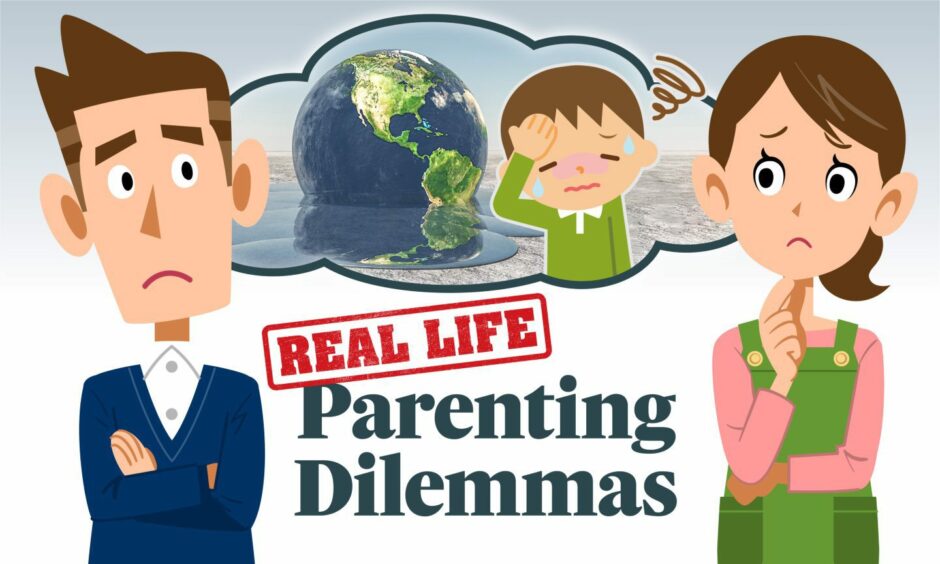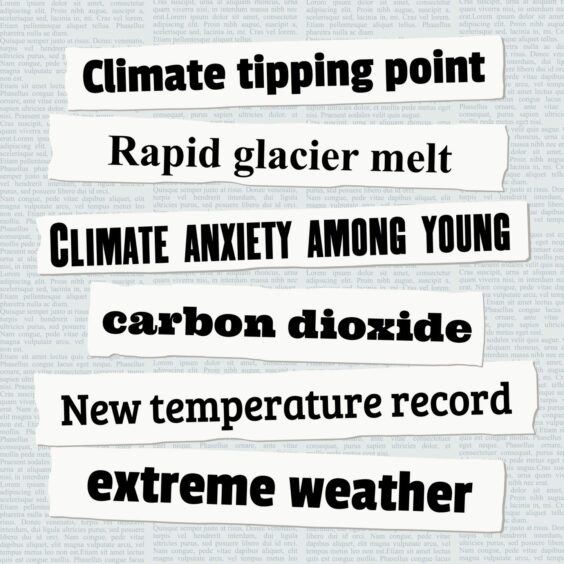
Climate change is a problem for us all, but even more so for our kids. And it’s not just the physical consequences we need to worry about, with climate anxiety in children a growing issue.
Research conducted for the COP27 climate conference showed that 70% of British children are worried about the world they will inherit.
And in the first large-scale investigation of climate anxiety in children globally, The Lancet found that 59% of children across the world are ‘very or extremely worried’.
Climate change anxiety in children nearing crisis proportions
Three-quarters said they think the future is frightening. And over half said they felt each of the following emotions: sad, anxious, angry, powerless, helpless, and guilty.
Almost half said their feelings about climate change negatively affected their daily life and functioning.
Clearly then, climate anxiety in children is reaching crisis proportions.
Which leaves parents facing a dilemma. How do we talk to our children about what is arguably the defining issue of our time?
To find out, the Press & Journal sat down with chartered psychologist Professor Ewan Gillon, clinical director of First Psychology, which has clinics in Aberdeen and Inverness.
“It’s not uncommon for us to have young people or children coming to us with very serious worries and anxieties about the future. ‘Where’s my future?’, ‘Would I want to live in the future?’, fears around the world ending and so on.
“Those fears drive a huge level of anxiety. And the thing about anxiety is, once it’s there it goes round and round and it can be very hard to retain perspective.
“Once you’re in that state, it can be quite hard to get out of.”
Media coverage of climate change unhelpful
Prof Gillon is critical of the role of the media, and their ‘extreme’, ‘catastrophic’ portrayal of climate change.
“News tends to be couched in very dramatic terms, because extreme stories attract clicks.
“Nuance often gets lost in the drama. It can be hard when you’re in an environment and a culture where alarming ideas are thrown about.”
Chances are, we parents suffer from some climate anxiety ourselves. But as Prof Gillon points out, we are at least able to look at things with a ‘critical eye’, something children are often not able to do.
“So much media coverage around climate change is couched in very frightening terms.
“Young people and children may not be able to look at things with that critical eye that an adult would.
“One thing I do see in a lot of climate change coverage is it’s very all-or-nothing, almost catastrophic. The chaos, the carnage, the destruction.
“We need children to understand that it’s not all like that. It’s a process of change that we have to work with.
“But it’s one we can also influence in small ways. It will bring changes, but it will be a series of gradual changes.”
‘It isn’t black and white’: Giving kids perspective at home
So how should parents discuss the issue at home – are we able to ease our kids’ climate anxiety?
As with any anxiety-inducing topic, the answer lies in honesty, calm, and perhaps crucially, perspective. And making a genuine effort to understand what our children are thinking.
“It’s very important, for all kids, for parents to really get an understanding of what their children are thinking.
“Ask questions rather than make statements. And ask those questions in an informal, chatty way.
“With any child, it’s about understanding their own perception of things.
“Don’t hide or deny things, say that there’s no problem. But at the same time, don’t exaggerate.
“Give some perspective. Let them see that it isn’t something to view in stark, black or white terms. It’s more grey.
“As parents, we need to work out what we think, and then find accurate, helpful ways to discuss things with our children.”
‘I would highlight the hope’
Last but not least, show your kids that there is hope. Genuine hope.
One of Prof Gillon’s bugbears is the idea that climate change has already gone too far, that there’s nothing we can do other than wait out the inevitable.
All this does is make us feel helpless, which in turn keeps the cycle of anxiety going round.
“I would highlight the hope,” he said.
“Climate change is something the human race is aware of. It’s something we’re taking action on and working on in many different ways, and that will continue.
“That is more reassuring than simply stating that it’s out of control and there’s nothing we can do.”


Conversation